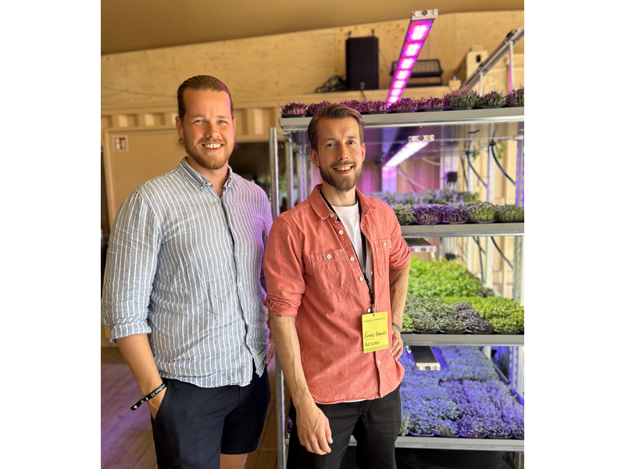The vertical farming industry has been through rough times - but that doesn't stop our colleagues from VerticalFarmDaily writing articles about persistent, innovative and market savvy growers. Please find 10 articles from VerticalFarmDaily.
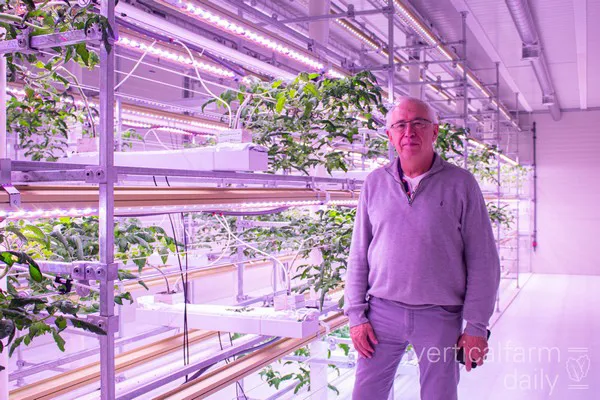
Hortigold's 'New Horizon' vertical farming module
"Twice as many tomatoes than a greenhouse at 40% less cost"
"Our ongoing results show that we can obtain almost 2 to 3 times more KG cocktail tomatoes per m2 than in a greenhouse. A well-skilled greenhouse grower yields about 40kg per m2, whereas we harvest 110 kg per m2. We can supply systems that allow controlled tomato cultivation in two to up to five layers," explains Willem Jonkman, Founder and CEO of Hortigold.
In 2020, Willem conducted a tomato trial using a growing method that is often not seen in vertical farms. A six-week trial was held to research all key assets needed for horizontal cultivation in vertical farms. The reason behind growing horizontally instead of vertically is to save space and increase yield and put the plant central.
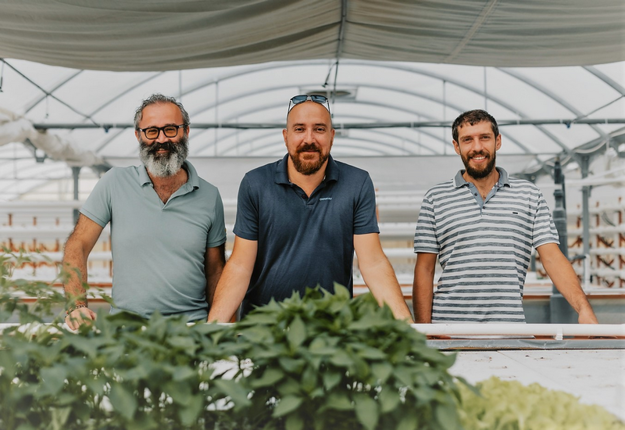
From 20 square meters to 1.536 square meters: a true sign of patience
Malta: Aquaponic farming without significant operating costs
“We first started by growing anything that would easily allow us to enter the market and are now replacing these crops with others that are in higher demand. These are all accessible in vegetable boxes sent directly to clients,” explains Pierre Axiaq, Farmer and owner of Tal-Kampanjol Aquaponics Farm in Malta.
Tal-Kampanjol Aquaponics Farm began in 2014 when Pierre and his two colleagues resolved to produce local and nutritious produce in response to climate change challenges faced in Malta. The trio began with a prototype spanning 20 square meters, in which they tried various techniques from multiple disciplines and then filtered out what did or didn’t work. The farm then received funding to build a larger facility.

How newcomers can learn from the mistakes made
“Pioneers get killed, second-generation farmers get rich”
"What currently is happening in vertical farming with high valuations, but also bankruptcies shows that the industry is maturing. The second generation of Vertical Farming companies, the so-called settlers, can learn a lot from the mistakes that have been made by the first generation, the pioneers. Ultimately, we can learn how more economically sustainable business models can be applied in Vertical Farming. In recent years we gathered valuable insights into what mistakes we can avoid and what proved to work," says Mark Essam Zahran, Co-founder, and CEO of YASAI, a Swiss vertical farming company.

India: “We’re setting up farms globally for a fraction of the costs”
"The extremely intensive capital, high operational energy costs, lack of automation, and the lack of variety suitable for hydroponics. We've solved all of these problems, building much cheaper, more efficient processes and crop diversity. We're able to build farms for one-tenth the costs of global competitors in the high-end market," says Vihari Kanukollu, co-founder of UrbanKisaan, an Indian vertical farm supplier.
When UrbanKisaan first started, their mind wasn't set on supplying systems to farmers. Instead, they grew their own crops first to get the hang of the entire cultivation process. That experience led them to further develop their products and solutions for the CEA space today. And that offering is available at a much lower price in comparison to many of their competitors, as Vihari claims.
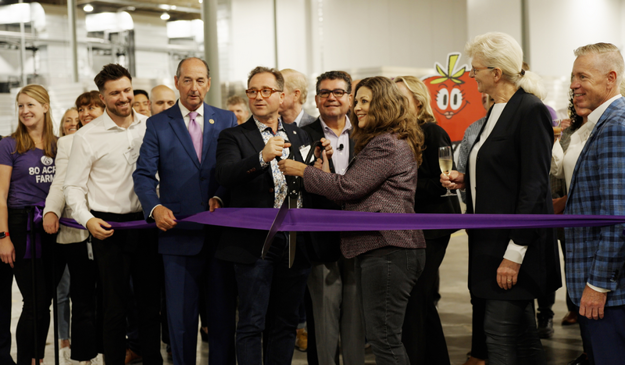
80 Acres Farms on its newest 18,500 m2 Florence farm
US (KY): "This farm was sold out as soon as it opened"
"Vertical farming works. You have to grow crops effectively, operate efficiently at the right cost, and deliver on your promises to consumers. If some of those components aren't there, then, sure, the business model doesn't work. That's true in any industry. But we're building a sustainable business, and we're doing it with help from the right partners. This farm was sold out as soon as it opened. The demand is real, and we're able to scale up to meet it because we have the right unit economics," the 80 Acres Farms team shares with VerticalFarmDaily.
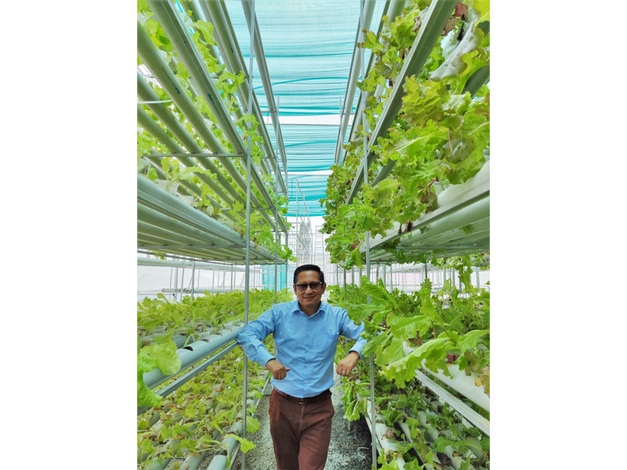
Kathmandu: "Hybrid farm model ideal for low-income regions"
“Since Nepal’s economy is weak and the per capita income is very low, we came up with an improvised low-cost, locally designed and built greenhouse with a vertical hydroponic system that allows us to grow six times more and use 90% less water,” says Kushal Gurung, Founder, and CEO of Mutha Agro Pvt Ltd.
Swap strawberries with mushrooms, using the same system? Say no more
"Being able to follow the fluctuating product demand, it's great to have a variety of produce that's affordable and viable in different seasons. For growers, it's a great benefit to fill seasonality gaps with a product, and once it's saturated, they can move on to the next main crop. We just need to adjust the light spectrum and various parameters in order to set up the needs of what crops you want to produce. With this approach, we can increase yield and decrease the growth cycles of different varieties in order to obtain economic feasibility of the crops," says Endre Harnes, Chief commercial officer at Avisomo, a Norwegian supplier of growing systems.
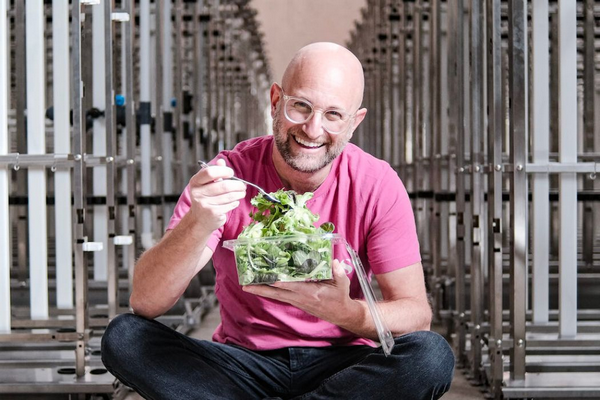
Could Canada be the holy grail for vertically farmed lettuce?
"Canada has the largest trade deficit in the world when it comes to leafy greens. We eat tons of them but do not produce very much, thanks, partially, to our climate, so the potential for indoor CEA lettuce is massive," says Jon Lomow, CEO at Fieldless.
Fieldless is an indoor farming company based in Cornwall, Ontario that currently supplies its product to 47 Farm Boy stores across the province, along with other independent grocers. The Farm Boy chain of fresh market stores is owned by Empire Group, which also owns Sobeys. Fieldless lettuce is currently priced on par with organic imports, which is good news for consumers who, according to Jon, prioritize local.
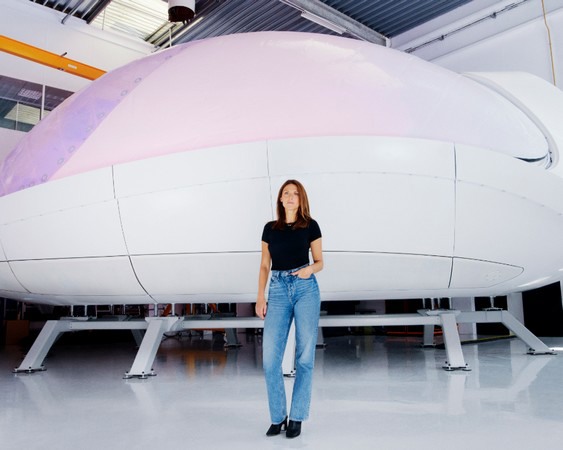
Step aside, leafy greens – it’s high-value crops only in these space-bound pods
"We inflate the growing dome upon installation and we refill water every 6 months. The shape of the bubble helps optimize the airflow and climate," explains Barbara Belvisi of Interstellar Lab, a company that develops environment-controlled pods for crop cultivation on Earth and beyond.
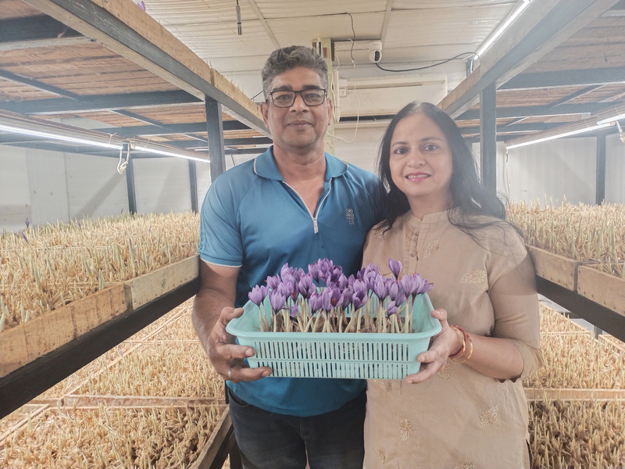
India: Due to high returns, saffron farmer breaks even after one year as profits keep doubling
“In a seller’s market, the difficulty of cultivating saffron at a large scale along with the high-profit margins, it’s a wonderful opportunity to grow this as a business. There is an exponential potential of doubling profits yearly with the least investment, with the first year as a maximum investment and a one-year break-even point,” says Avanish Goel, Founder of Indigold, an Indian agtech that grows saffron.

